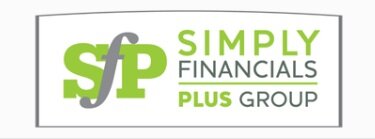Cash flow optimization is one of the most important things a business owner can focus on. Consistent cash flow helps ensure that a business can not only cover its costs but also have a reserves upon which to draw. By taking a proactive, consistent, and systematic approach to managing accounts receivable, a business can avoid the cash flow issues caused by not receiving payments on time, or worse, not getting paid at all.
Here are a few best practices we’d like to share to help you get a handle on your accounts receivable:
#1: Simplify the payment process
Make it as easy as possible for your customers to pay their invoices. If you accept different payment methods such as ACH, Electronic Funds Transfers (EFT), or credit cards, you will create a positive customer experience and you may even see your customers paying their invoices sooner. It is worth offering all of these options because not only are these methods safer for both parties than sending a check, but they allow you to receive the funds almost immediately, instead of having to wait for a paper check to arrive, be deposited, and clear.
#2: Create a streamlined and consistent workflow
Have a consistent process for the creation and delivery of customer invoices. Once a sale has been made and a service or product has been delivered, any corresponding invoices should be sent without delay. Invoices and contracts should include terms of payment, and follow up procedures such as sending reminders for outstanding payments should be created. In addition, develop a process for receiving and recording payments against the outstanding transactions and follow it consistently.
#3: Use automation whenever possible
Automating your accounts receivable will save time in the billing and collections process. By using an accounting system to create and send invoices, you will be able to stay on top of all the steps needed in the accounts receivable process. Automation makes it easier to send invoices with a click of a button, to send recurring invoices, to generate and send customer statements, as well as being able to maintain accurate customer data. Automation can simplify your accounts receivable by handling any aspects of the process that can be standardized and templatized, allowing you or your team to save your efforts for those moments when human intervention is required.
#4: Review outstanding Accounts Receivables consistently
Create a process to review outstanding invoices regularly. If you use an Accounts Receivable Aging report from your accounting system, you will know which customers to follow up with, and how overdue their account is. This is another area where automation can help, by allowing you to schedule automatic reminders once an open invoice reaches a certain age.
It is no surprise that the sooner a business can receive payments for the sale of its goods and services, the better the bottom line. Following these best practice tips will save you time and money in the long (and short!) run.
Do you need some help in setting up the systems and processes to better manage your accounts receivable? SIMPLY Financials PLUS can help. We work with businesses on setting up best practice solutions utilizing QuickBooks and other available 3rd party applications.
Contact us today at SIMPLY Financials PLUS to learn more about what we can do for your business!
